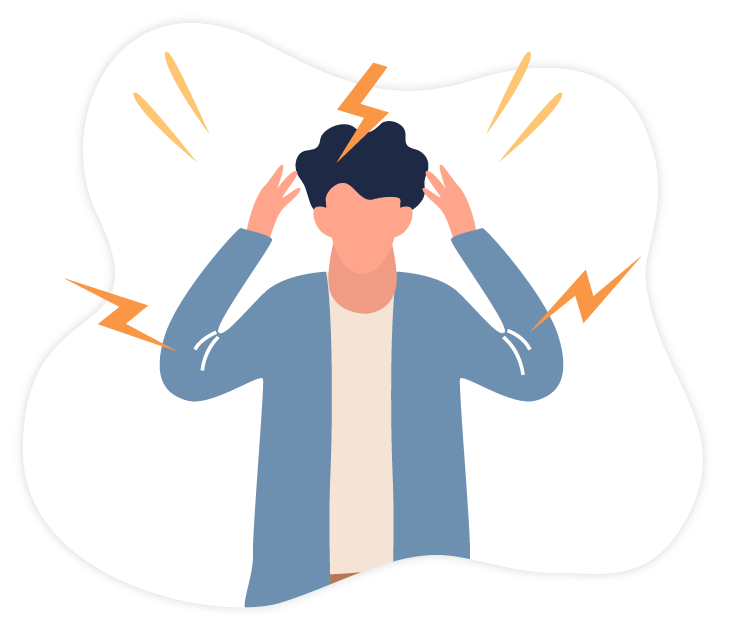I Suffer From Occipital Neuralgia
Occipital Neuralgia Treatment
Occipital Neuralgia is a medical disorder that presents with piercing, throbbing, or electric-shock-like chronic pain in the upper part of the neck, back of the head and behind the ears. For some people, the pain will present in the forehead, behind the eyes, or in the scalp. Occipital Neuralgia is usually unilateral, meaning it is only on one side of the head.
At the Brisbane Headache and Migraine Clinic, we have seen countless Occipital Neuralgia sufferers and use world-class techniques in identifying whether the neck and brainstem is at fault.
Once we commence with treatment, we expect a significant improvement to occur rapidly in 90% of our patients with Occipital Neuralgia and within the first 5 treatment consultations. Book today for an appointment for your non-medicated and non-invasive Occipital Neuralgia treatment.









